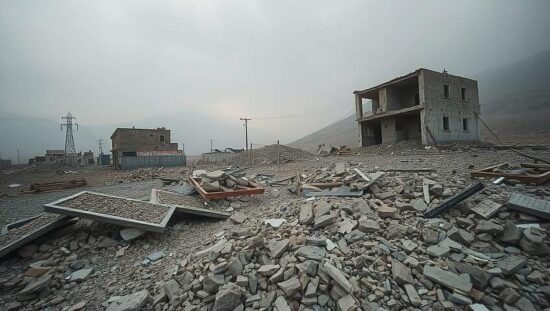A significant earthquake struck northern Afghanistan early Monday, triggering a humanitarian crisis and exposing the stark limitations of the Taliban regime’s capacity to respond effectively. Initial reports from geologists placed the quake at a magnitude of 6.3, a figure likely to be adjusted following further analysis. The epicenter was located near the populous city of Mazari-Sharif, raising immediate concerns regarding widespread damage and casualties.
Authorities have confirmed at least 20 fatalities and over 320 injuries, with expectations that the death toll will unfortunately rise as rescue operations progress and more remote areas are assessed. The provinces of Balkh and Samangan appear to have borne the brunt of the devastation, according to the Taliban’s Defence Ministry, which has deployed military-led rescue and emergency teams to the affected regions. The National Disaster Management Authority reported impacts felt across northern, eastern and western Afghanistan.
The disaster compounds an already precarious situation in Afghanistan. The nation has been repeatedly hit by earthquakes in recent years, consistently resulting in tragic loss of life. However, the Taliban’s seizure of power in 2021 has severely hampered the country’s ability to undertake disaster preparedness and response efforts. International sanctions and the withdrawal of foreign aid have crippled infrastructure development, impeding the deployment of essential resources and specialized equipment.
While the Taliban leadership has pledged assistance, critics argue that the regime’s limited resources, coupled with ongoing political isolation and internal governance challenges, are significantly hindering the speed and efficiency of the relief efforts. The crisis raises serious questions about the long-term sustainability of humanitarian aid and the urgent need for international engagement to bolster Afghanistan’s resilience against future natural disasters. The scale of the destruction underscores the fragility of the infrastructure and the vulnerability of the Afghan population under the current political landscape, demanding a focused and coordinated international response to mitigate further suffering and facilitate long-term recovery.





